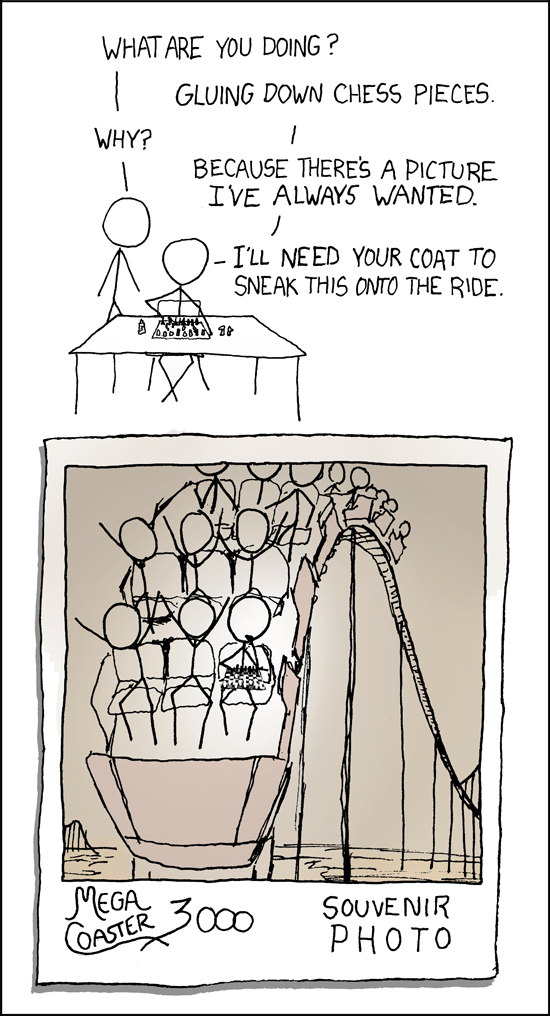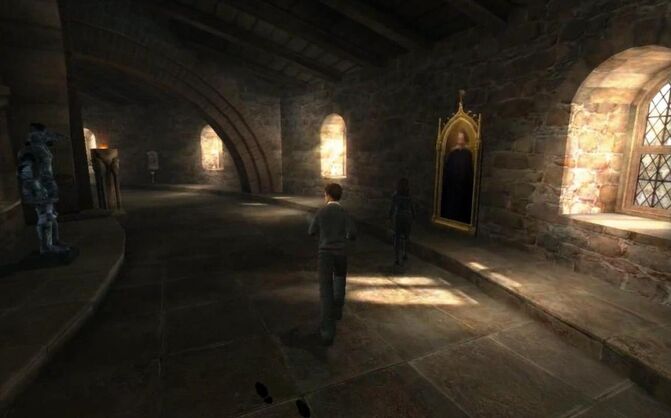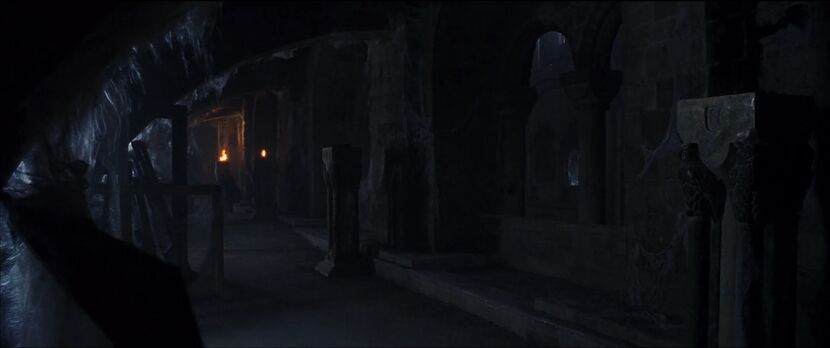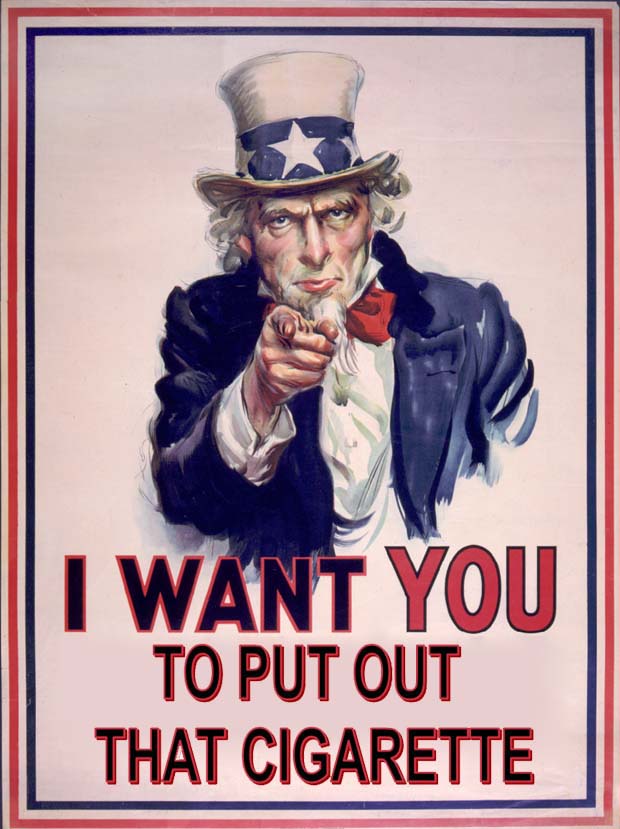Reading books is kind of pointless unless you learn anything, so take it away, French Peas!
- Structure in life is important, but predestination dehumanizes.
- To an extent, we are all sheltered and should be aware of the mystery of the outside world.
- The past is a healthy thing upon which we can reflect.
- Human dignity should trump scientific achievement.
- Though they aren't always obvious, there are good thing in this world; we should hold on to them and make sure we never have to lose them.
I could deal with the cover of Brave New World -- a guy with a mechanical torso -- no problem. But the cover of Never Let Me Go is kind of scary for me, and I've noticed that I tend to set the book upside down after I read a portion of it. I'm assuming it's a really, really close-up picture of Kathy. For the most part, it's just a huge face, and I wanted to find something interesting in it, but it's just a huge face. There's a light reflected in her right eye that looks like a life saver or a Froot Loop. It's probably just a light.












